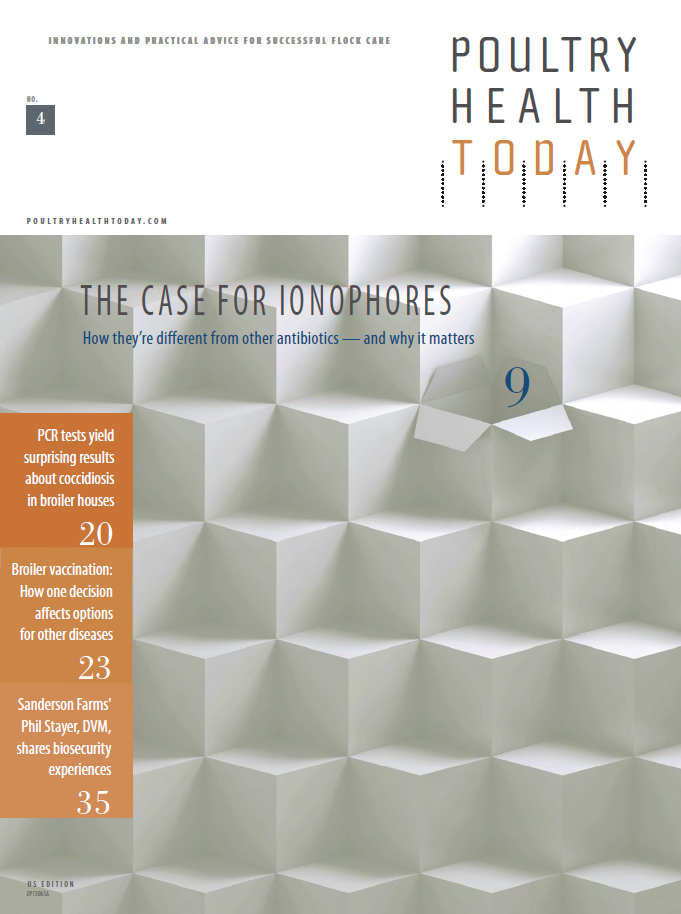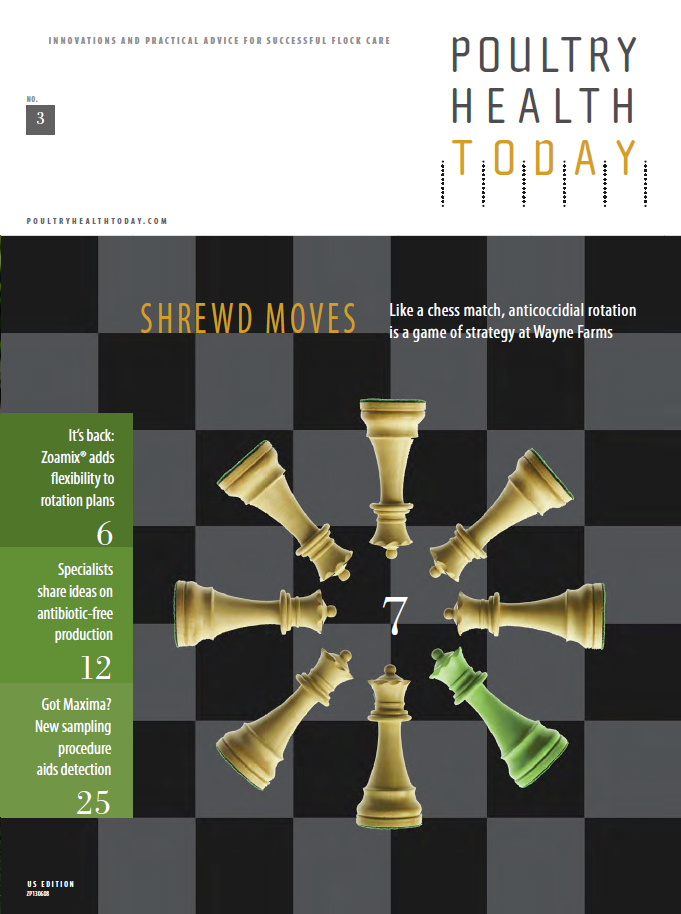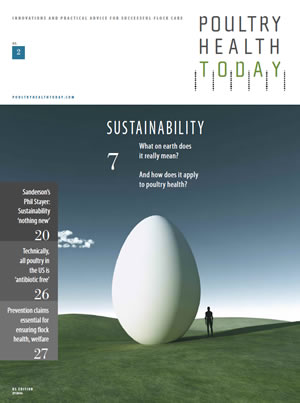

Are ionophores antibiotics? That depends on whom you ask

In the EU - a market often perceived to be less tolerant of antibiotic use in food animals than the US - antibiotics used for growth promotion were banned in 2006. However, certain ionophores, such as monensin and salinomycin, are still widely used for managing coccidiosis in poultry. Another ionophore, lasalocid, is also available in Europe for the same purpose.
Richard Raymond, PhD, former undersecretary for agriculture and food safety at USDA, noted this distinction in a recent blog for Meatingplace.com.
“By FDA definition, ionophores are antibiotics. By EU definition, they are anticoccidials,” he wrote. “That’s a big difference because it means that in the EU ‘raised without antibiotics’ may mean ionophores were used, preventing the highly contagious coccidiosis, saving chickens from premature deaths and keeping poultry prices lower.”
Even criteria behind one government-approved meat label makes an exception for ionophores.
For example, the USDA defines “naturally raised” as meat and meat products raised entirely without growth promotants, without animal byproducts in feed and without antibiotics - except for ionophores used as anticoccidials.
More Issues















